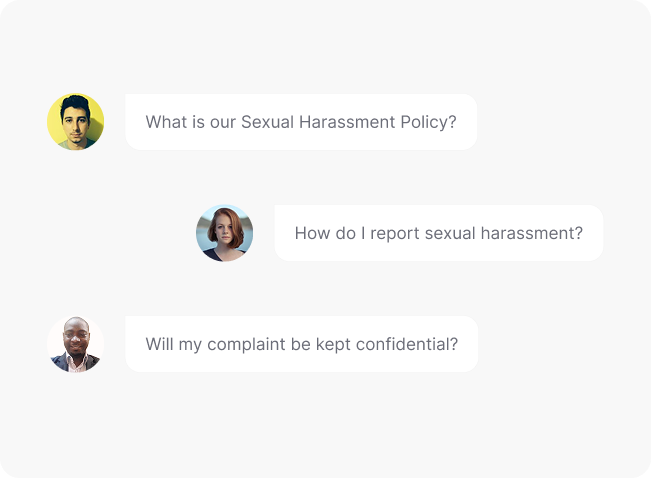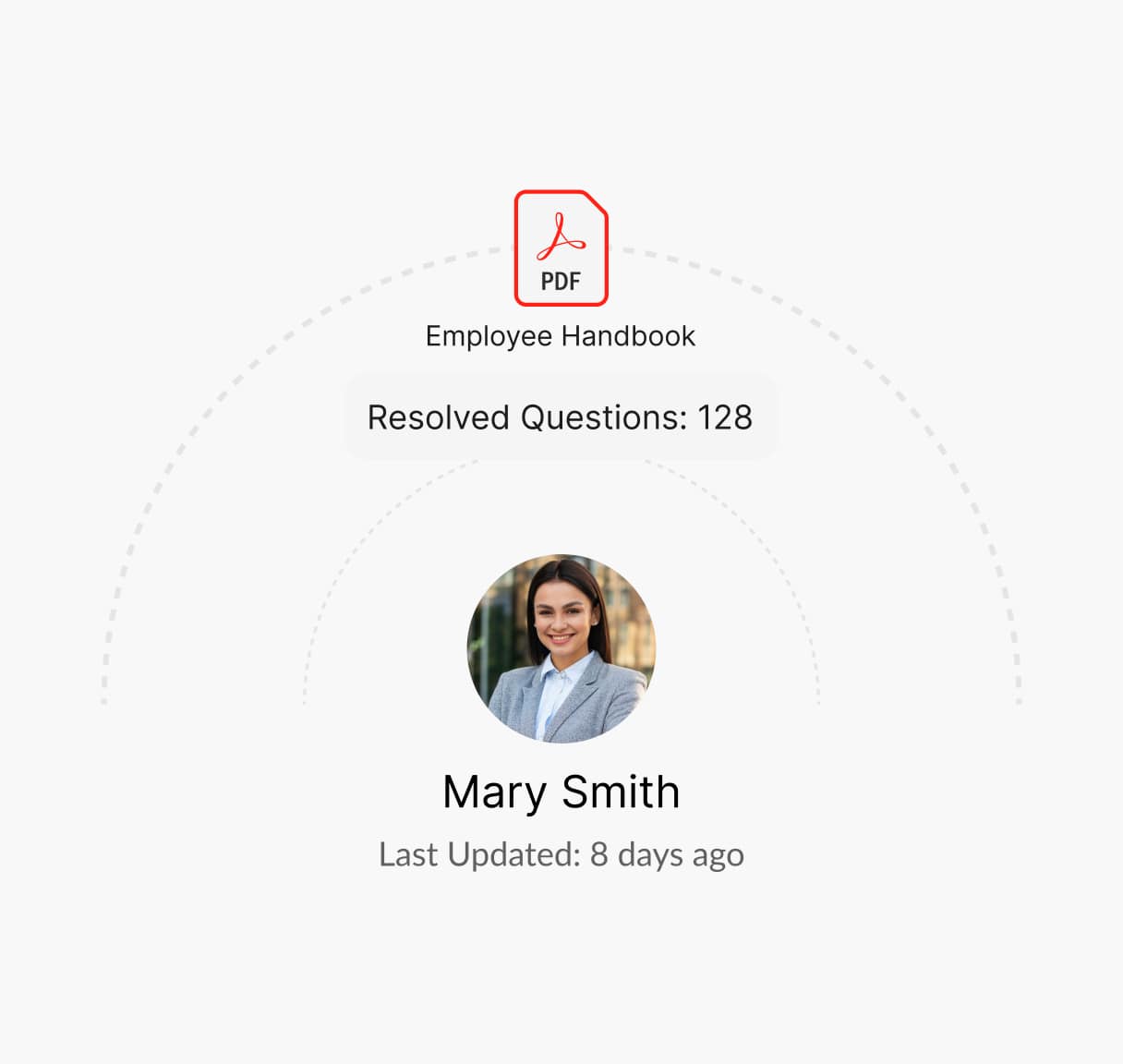Everything You Need to Know About Sexual Harassment Policy
A sexual harassment policy is an essential component of any organization’s commitment to fostering a safe, inclusive, and respectful workplace. It establishes clear expectations, defines prohibited behaviors, and provides a framework for reporting and addressing incidents.

What is Sexual Harassment Policy?
A sexual harassment policy outlines the organization’s stance against sexual harassment and establishes procedures for addressing complaints. It defines sexual harassment, which can include unwelcome sexual advances, requests for sexual favors, and other verbal or physical conduct of a sexual nature that creates a hostile work environment. The policy serves as a formal declaration of zero tolerance for such behavior, offering clear guidelines for prevention, reporting, and resolution.
Guidelines for Creating a Sexual Harassment Policy
Crafting a robust sexual harassment policy is critical for maintaining a respectful workplace and ensuring legal compliance. Follow these steps to develop a comprehensive policy:
Define Sexual Harassment Clearly
Provide a detailed definition of sexual harassment, including examples such as quid pro quo harassment and hostile work environment.
Set Reporting Channels
Specify how employees can report incidents. Offer multiple avenues, such as HR representatives, anonymous hotlines, or dedicated email addresses, to ensure accessibility and confidentiality.
Outline Investigation Procedures
Detail the steps the organization will take to investigate claims, ensuring a fair, timely, and impartial process.
Specify Disciplinary Actions
Clearly state the consequences of engaging in sexual harassment, which may include warnings, suspension, or termination, depending on the severity.
Training and Awareness
Mandate regular training sessions for employees and managers on recognizing, preventing, and addressing sexual harassment.
Protect Against Retaliation
Include a non-retaliation clause to assure employees that they can report harassment without fear of adverse consequences.
What is Covered in a Sexual Harassment Policy?
An effective Sexual Harassment Policy should include the following
Examples of Prohibited Conduct
Provides concrete examples to illustrate unacceptable behaviors, such as unwelcome advances, suggestive comments, inappropriate touching, and offensive jokes in the workplace. This helps eliminate ambiguity and sets clear behavioral boundaries.
Reporting Mechanisms
Outlines the process for reporting incidents, including multiple options for reporting (e.g., contacting HR, using anonymous hotlines, or submitting reports via email). Ensures employees understand the confidentiality and accessibility of the reporting process.
Investigation Process
Describes how complaints will be handled, including timelines for investigation, the roles of investigators, and measures to ensure impartiality and confidentiality.
Consequences of Policy Violations
Specifies disciplinary actions, which may range from mandatory training to termination of employment, depending on the severity of the violation.
Resources for Employees
Offers information on counseling services, external legal resources, or employee assistance programs available to victims or witnesses of harassment. Providing resources reinforces the organization’s support for affected individuals.
Non-Retaliation Assurance
Reaffirms the organization’s commitment to protecting employees who report harassment or participate in investigations from retaliation. This encourages a culture of openness and accountability.
Confidentiality
Emphasizes the organization’s dedication to maintaining confidentiality throughout the reporting and investigation process. This ensures that complainants, witnesses, and the accused are treated with dignity and respect.
Legal Compliance
Reinforces adherence to local, state, and federal anti-harassment laws, ensuring that the policy meets all regulatory requirements and protects the organization from legal liability.
Need help creating a Sexual Harassment Policy?
How Winslow Helps HR Teams Manage Sexual Harassment Policies Effectively
Winslow, your AI-powered HR assistant, simplifies the implementation and management of sexual harassment policies, ensuring compliance, employee confidentiality and a safe workplace environment.

Instant answers anytime
Winslow ingests your sexual harassment policy and provides employees with instant answers to their questions via platforms like Slack, Teams, or email. Employees can inquire about reporting mechanisms discreetly, fostering trust and accessibility.
Personalized Support
Winslow provides immediate, AI-driven answers to all HR questions, including those about your Sexual Harassment Policy, ensuring employees have clear guidance on reporting and workplace safety.


Analytics and Insights
Winslow tracks policy-related queries, helping you identify trends and areas where your policy might need improvement.
Don’t Let Sensitive Matters Slip Through the Cracks
Sexual harassment is a sensitive issue that requires proactive management and unwavering commitment to confidentiality. Winslow empowers your organization by streamlining reporting processes, ensuring instant access to policy information, and providing robust support for employees.
Frequently asked questions
Have further questions about Winslow, contact us at sales@usewinslow.com
What constitutes sexual harassment in the workplace?
Sexual harassment includes unwelcome sexual advances, requests for sexual favors, and other verbal or physical conduct of a sexual nature that creates an intimidating, hostile, or offensive work environment. Examples include inappropriate jokes, suggestive comments, or physical gestures.
Can sexual harassment be non-verbal?
Yes, non-verbal behaviors such as inappropriate staring, sending explicit materials, or making offensive hand gestures can also constitute sexual harassment.
What should I do if I witness sexual harassment?
If you witness sexual harassment, you should report it to your HR department or through the designated reporting channels outlined in your organization’s policy. Witnesses play a vital role in ensuring a respectful workplace.
Are anonymous reports accepted?
Many organizations, including those supported by Winslow, offer anonymous reporting options to encourage employees to come forward without fear of retaliation.
How often should sexual harassment training be conducted?
Sexual harassment training should be conducted at least annually and whenever significant changes to the policy occur. Regular training ensures employees and managers remain informed and compliant.
Additional resources
Device Usage Policy
Managing employee leave effectively is vital for maintaining workforce productivity and compliance....
Learn moreconfidentiality policy
Protecting sensitive information is crucial. A clear Confidentiality Policy outlines guidelines for...
Learn moreclaim reimbursement
Ensuring fair compensation for expenses is key. A clear Claim Reimbursement Policy...
Learn more




